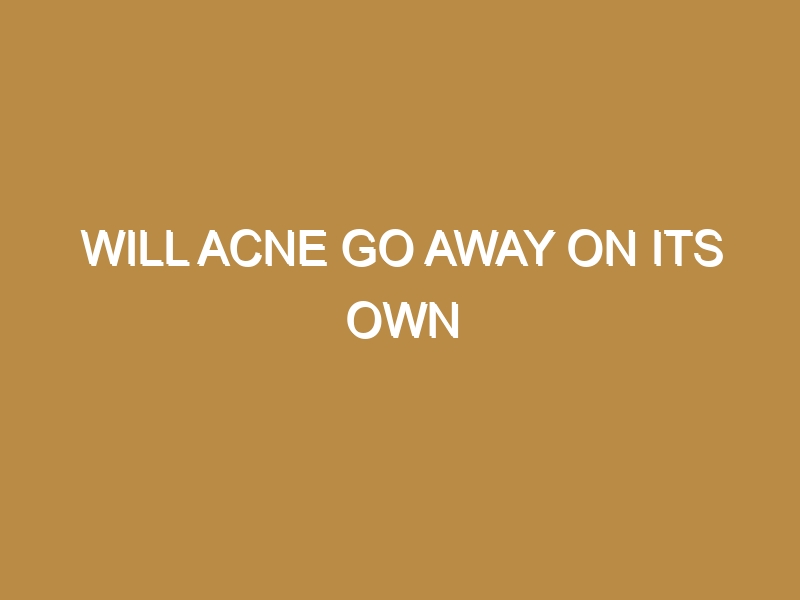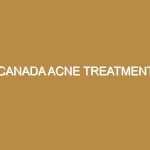Acne is common and is usually treatable. You may need treatment for several months to clear spots. Inflamed acne needs to be treated early to prevent scarring. Try our Symptom Checker Got any other symptoms? Try our Symptom Checker Got any.
Acne Under Eyes I am 6dpo. I know its too early to have symptoms but my boobs hurt so bad, even if i barely touch them. I have veins showing on them also which i never have had before. Cramps and lower back pain. And my mood is blah. Anybody else in my boat?? This tww is driving
Acne Treatments Mackay Treat blemishes and acne with this simple guide. Acne Treatments For Severe Acne While acne isn't exactly harmful, it can impact your self-esteem. If you've tried several treatments that don't seem to work, these home remedies can help. It is possible to prevent acne scars with effective acne treatment from a dermatologist. Waiting to treat
Acne neonatorum is characterized by a mainly facial eruption of inflammatory and noninflammatory lesions. It is most commonly mild and transient. Hyperactivity of sebaceous glands, stimulated by neonatal androgens, has been implicated as the underlying pathogenetic mechanism. MATERIALS AND METHODS All patients diagnosed with acne. .
Jan 1, 2008.
Acne neonatorum occurs in up to 20 percent of newborns10 (Figure 4). It typically consists of closed comedones on the forehead, nose, and cheeks.
The term, "neonatal acne" (historically "acne neonatorum") has been used to refer to a short list of pathogenically unrelated but clinically similar conditions that all feature benign, self-limited facial papules present at birth or apparent during the first few weeks of life (Figure 1, Table I).
Neonatal acne. Neonatal acne, also known as acne neonatorum, is an acneiform eruption that occurs in newborns or infants within the first 4-6 weeks of life, and presents with open and closed comedones on the cheeks, chin and forehead. The main cause is not known for certain but it may be caused by maternal androgens transferred from the mother.
Acne Treatments In The 1970’s 9 Best Acne Treatments – Product Name Popularity Score Quality Score Sentiment Score Sales Volume; 1: Acnestar gel – anti acne treatments(pack of 3X15g = 45 g)+ Free Shipping. Acne Scar Treatment | Dermatology Specialists (877) 231-3376 Acne can affect people with any skin type, at any age, and is a common skin condition in
Acne Treatment Tretinoin and adapalene are topical retinoids used to deal with acne. They're to be had in a gel or cream and are commonly implemented once a day before you go to bed. Apply to all of the elements of your face stricken by acne 20 minutes after washing your face. It's critical to use topical
Treat blemishes and acne with this simple guide.
Neonatorum refers to the fact that the rash occurs in the neonatal period. The neonatal period is the time between birth and 28 days of age. A baby in this age range is called a neonate. The name erythema toxicum neonatorum is confusing because the condition is not toxic. It is also not the same as the acne that affects young people and adults.
While acne isn't exactly harmful, it can impact your self-esteem. If you've tried several treatments that don't seem to work, these home remedies can help.
Acne Treatments For Severe Acne While acne isn't exactly harmful, it can impact your self-esteem. If you've tried several treatments that don't seem to work, these home remedies can help. It is possible to prevent acne scars with effective acne treatment from a dermatologist. Waiting to treat acne until it becomes severe can lead to extensive scarring. The AAD’s Coronavirus
Baby acne, also known as "neonatal acne" or "neonatal cephalic pustulosis," is a common skin condition that occurs in more than one in five healthy newborns. It typically arises around two weeks of age with little bumps and pustules on the infant's forehead, cheeks, eyelids, and chin.
Neonatal Acne Pictures It is a form of acneiform eruption which occurs in neonates and infants. It is commonly seen on the nose, adjacent portions of cheeks and around the eyes. Such eruptions are commonly seen in babies aged only a few weeks. These go away spontaneously within a few months.



